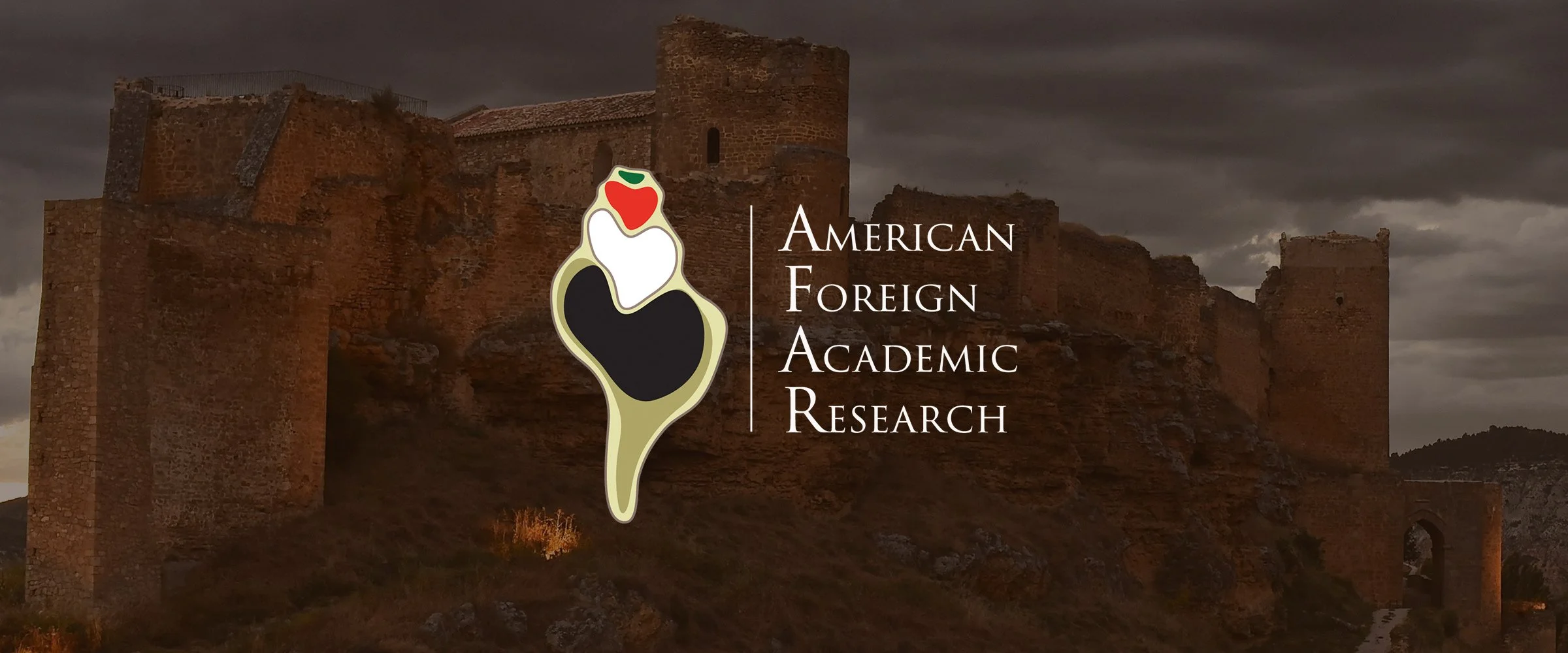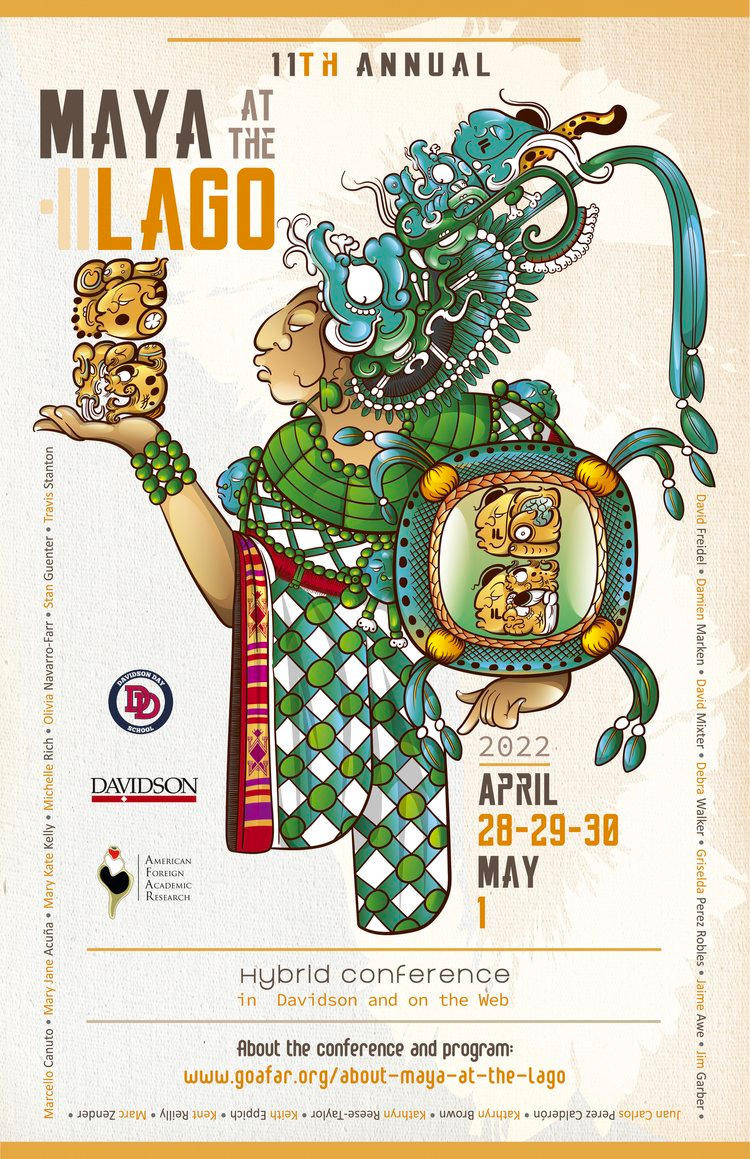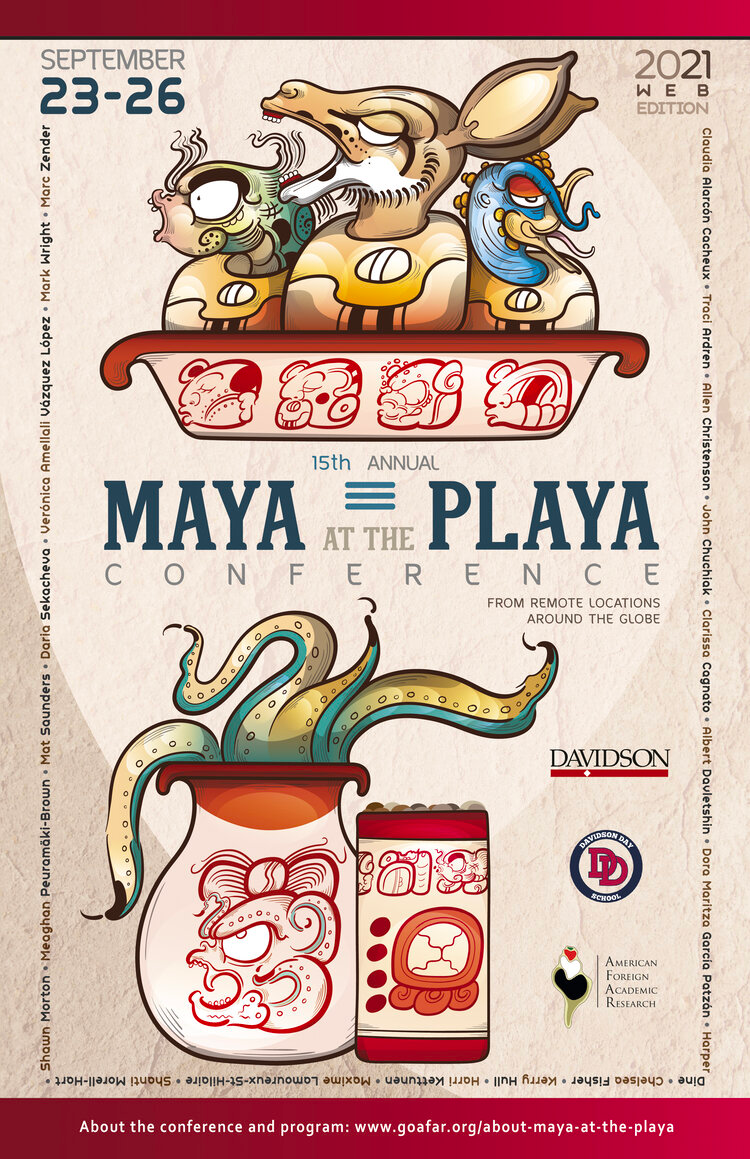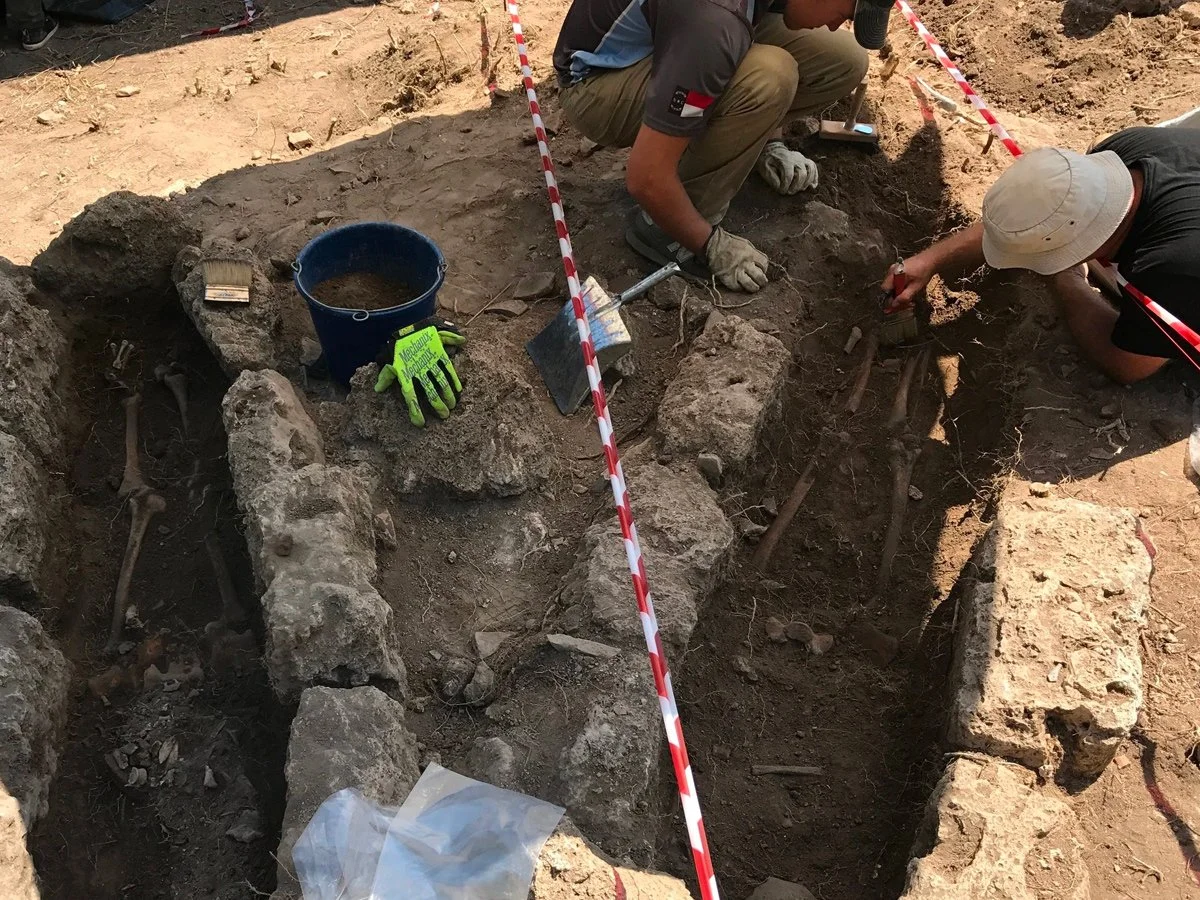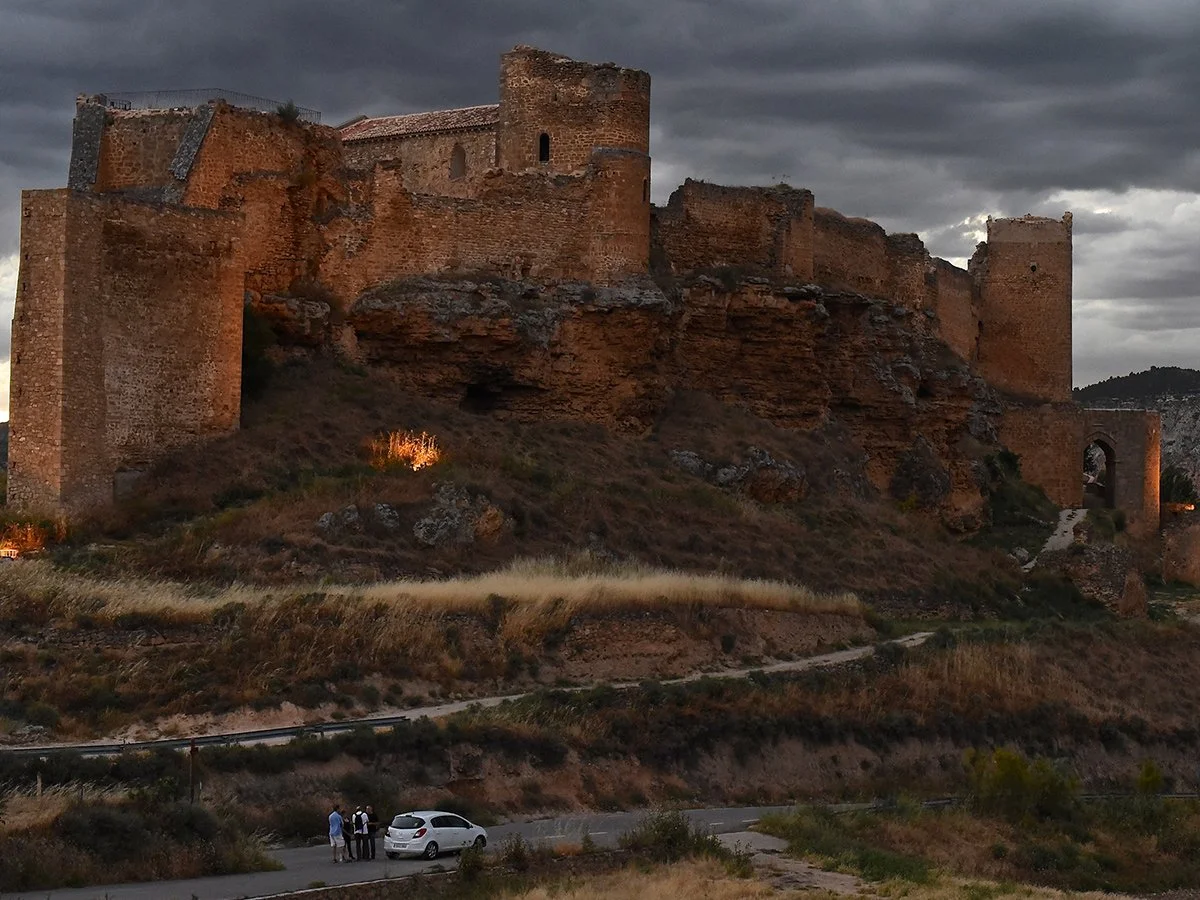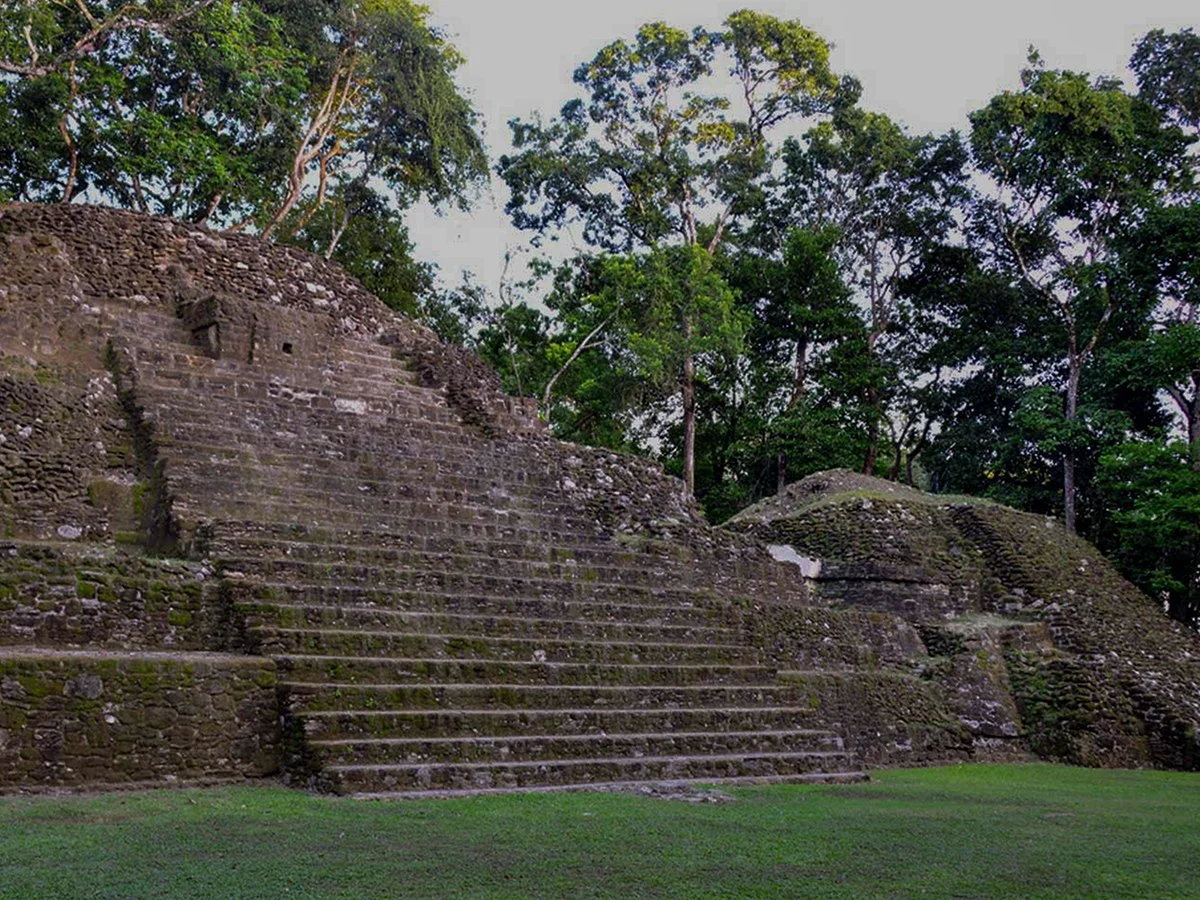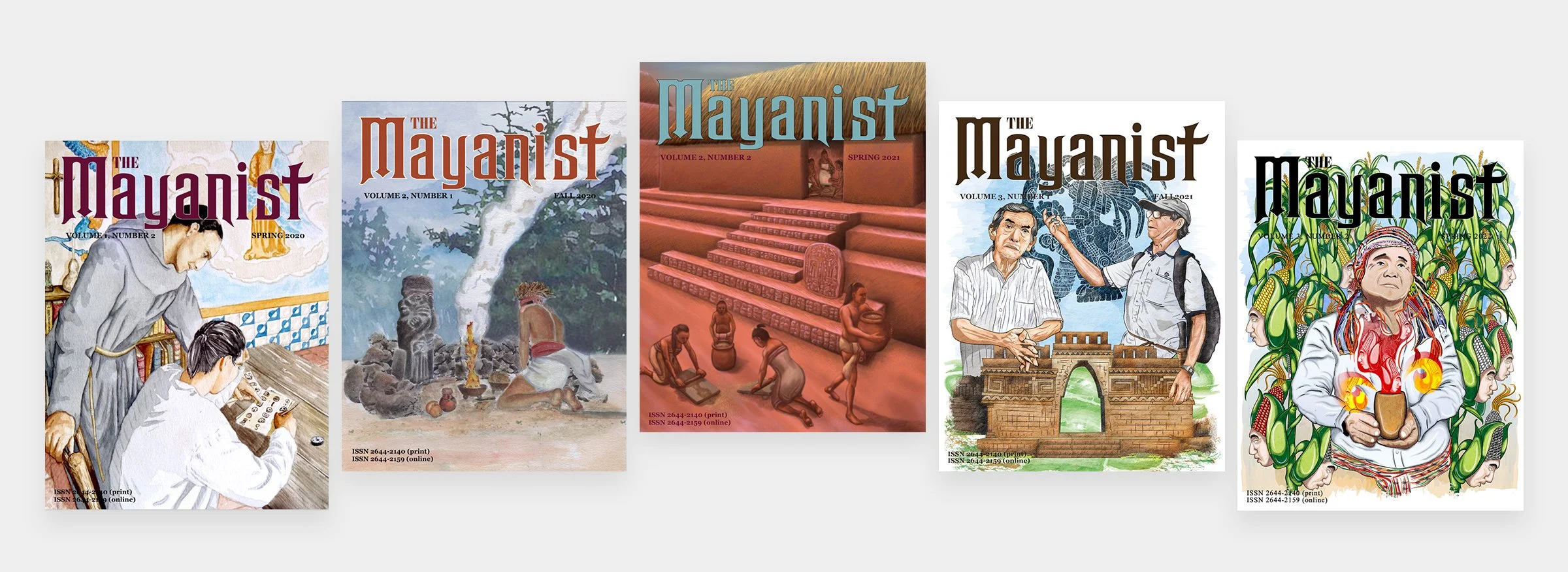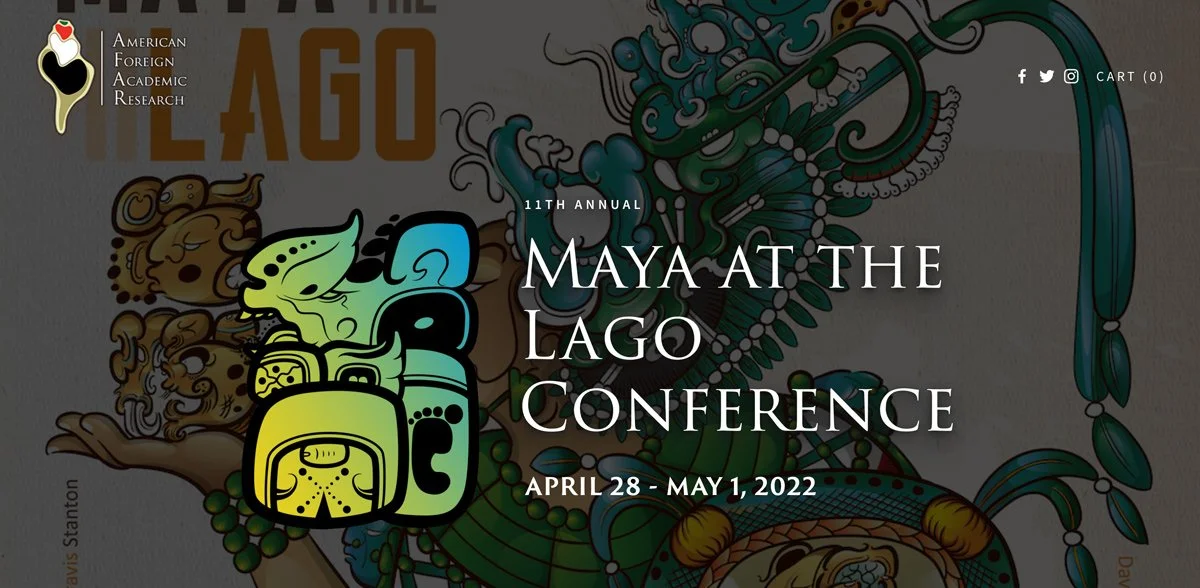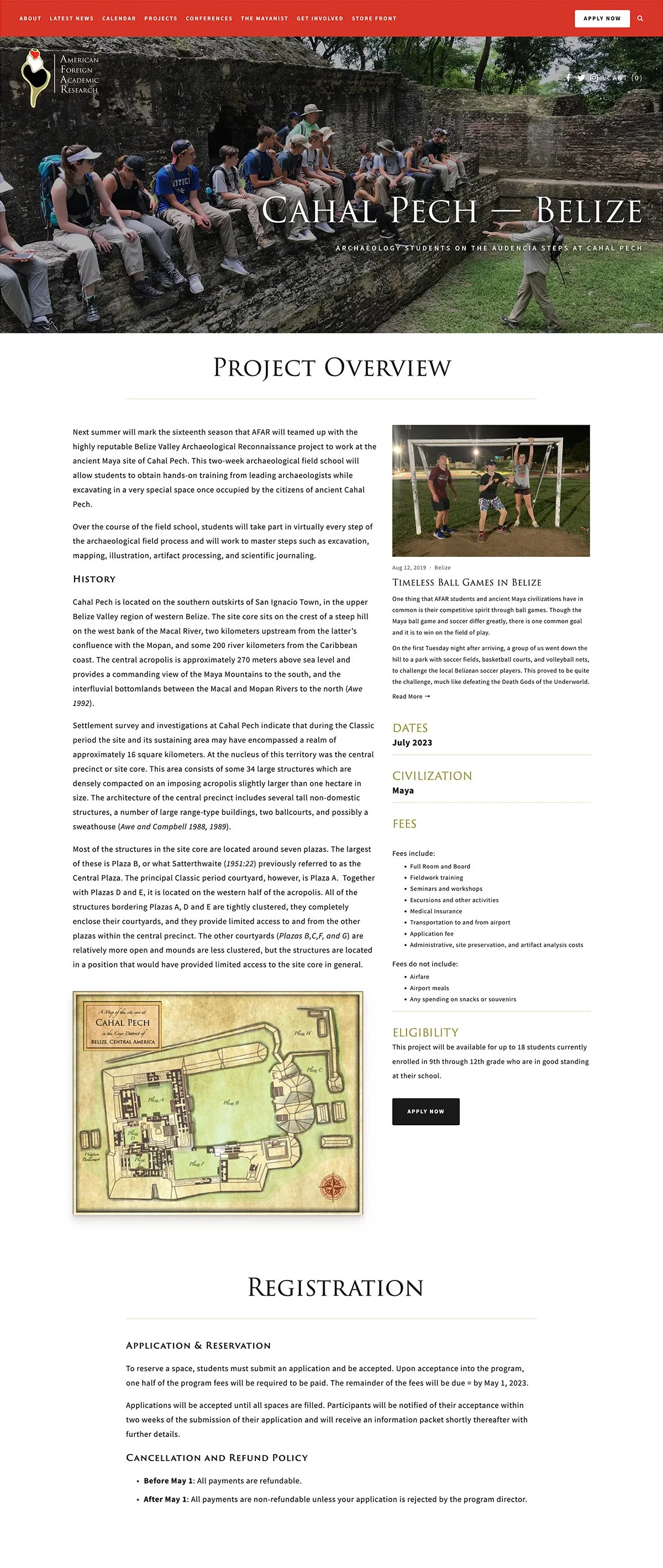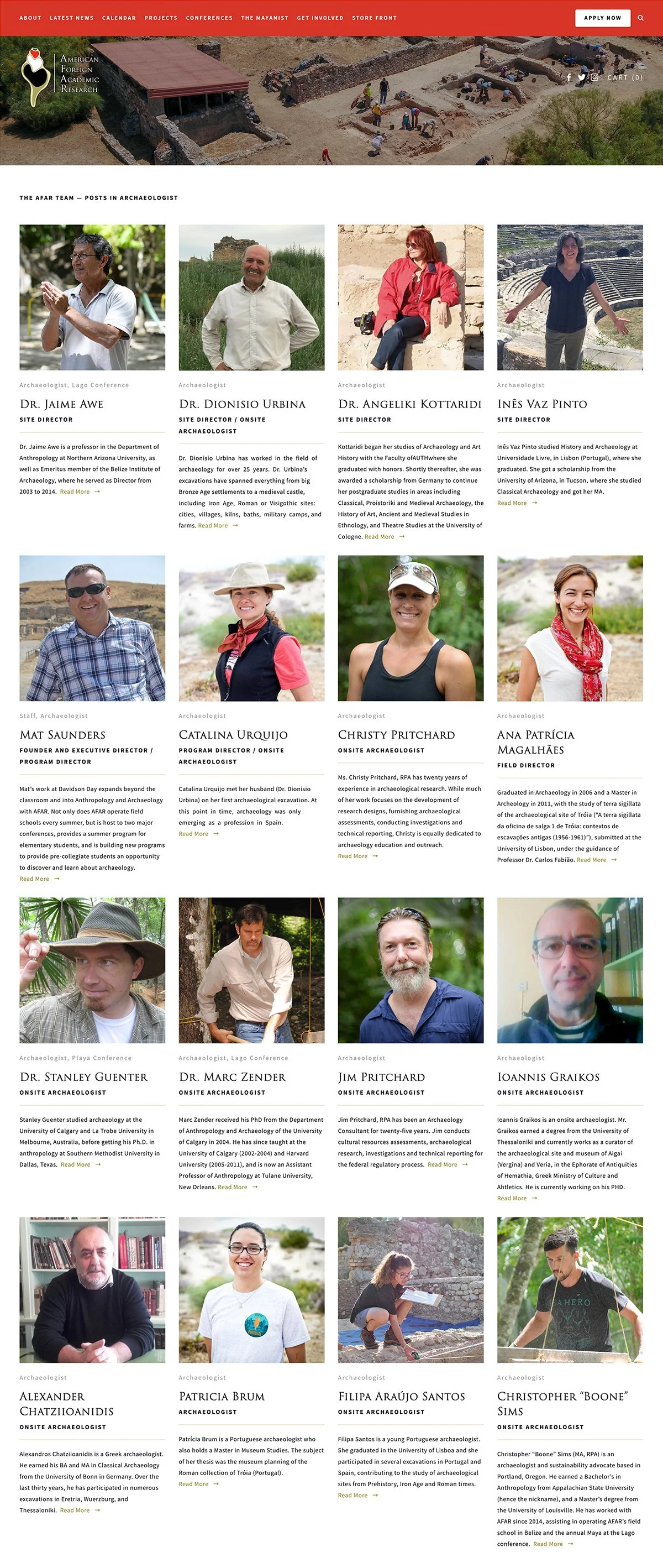GoAFAR Website Case Study
Overview
GoAFAR is a nonprofit organization dedicated to providing pre-collegiate students an opportunity to experience the world of archaeology through onsite excavations or by attending world-class Maya seminars. A project like this speaks directly to my inner Indiana Jones. I’ve got my whip, now watch me neigh neigh 🐴 — let’s dig in!
Background
American Foreign Academic Research, more commonly recognized as AFAR, is an organization dedicated to the advancement of archaeological field research, cultural site preservation, and the belief that the science can be advanced through the education and outreach of professionals and non-professionals alike.
The experience (before the redesign)
GoAFAR consists of three separate entities: a primary website dedicated to archaeological education and endeavors, and two semi-annual conference registration sites promoting Mayan field research (called Maya at the Lago and Maya at the Playa).
The focus of GoAFAR is the next generation of scholars. An appetite for research and discovery doesn’t necessarily begin in college. To satisfy this hunger, AFAR created opportunities for pre-collegiate students to work in the field on major archaeological projects. The website includes application forms, directories, and detailed information on each of the four archaeological projects — Greece, Spain, Belize, and Portugal.
Each site was built separately using varying technology stacks and the experience was functionally and visibly inconsistent. Forms were missing basic validation, purchasing tickets/goods required multiple trips to different urls, supporters couldn’t donate, there was no blog/news, and none of the sites were responsive on mobile devices.
Poster graphics by Walter Paz Joj
Poster graphics by Walter Paz Joj
Poster graphics by Walter Paz Joj
Mieza — Greece
Zorita — Spain
Cahal Pech — Belize
Tróia — Portugal
Redesign and Business Goals
Consolidate all three properties into a singular experience under one domain.
All content and layouts should be responsive to work well on any device.
Allow easy management of content and galleries across multiple administrators with varying permissions.
Set up a blog with categories and tags to allow filtering. The blog should be manageable from a mobile device in the field and allow guest authors (students) to share their experiences.
Build a staff directory with a tagging system to assign directors, advisors, and archaeologists to various locations/projects and seminars throughout the site.
Create landing pages for each excavation project. Filter blog content and staff to the corresponding landing pages. Show timelines, maps, travel information, and more.
Update the existing student project application form to modern standards/inputs.
Create landing pages for both conferences – Maya at the Playa and Maya at the Lago, and streamline the inherent complexities. Allow purchasing of tickets, meals, swag, and more in a single store experience.
Sell digital and hard copies of The Mayanist publication.
Create a newsletter sign up.
Create a calendar for upcoming events.
Accept donations.
Integrate Stripe.
Use Trajan – the movie font!
Cover art by Aaron Alfano (issue #2); Luis Fernando Luin (issue #3); Michael Thomas (issue #4); Walter Paz Joj (issues #5 & #6)
UI/UX DEsign Results
The site is now assembled with a more sensible url structure and is completely searchable. All properties have been rebuilt under one domain and organized into individual sections — Projects, Conferences, The Mayanist, Store, etc. All content including store items, calendar, galleries, staff, and the blog are now easily managed and responsive across all devices. There’s a cornucopia of features!
Notable Solutions
Content Management
After initial style work and porting over all the content and imagery, several template pages were created to make site expansion easy. GoAFAR now has complete control over everything through a robust and intuitive administrative area: navigation, link names, urls, page creation, banner notifications, content, styles, SEO, and more.
Blog
The blog is managed by both administrators and guest authors. All posts can be tagged and categorized to appear on specific pages, e.g. Castle Zorita posts appear on the Castle Zorita excavation project page. Every post can be scheduled, completed on a mobile device, and easily shared when posted — even from students at an excavation site in the event of a major discovery.
Directory
Hard coded staff profiles scattered throughout the site (and often duplicated) are now a thing of the past. The new directory is a singular robust collection with tags and categories to allow the filtering of staff members to their respective projects – complete with bio pages – automagically.
E-commerce
All conference registrations, swag, and publications have been combined into a single store checkout, integrated with Stripe and PayPal, complete with shipping calculations and digital downloads. Additionally, donations are now accepted.
Results
GoAFAR is very niche — they offer archaeology and research/education seminars in the North Carolina area, with several excavation projects worldwide. The site averages 12k visitors a year, with traffic peaking around the two conferences (3k-4k those months). Organic search keywords tend to be very targeted (i.e. Maya at the Playa, Maya at the Lago, The Mayanist are among the top impressions). The site traffic confirms the regional nature with over 70% originating in the North Carolina area and surrounding states.
Key Performance Indicators
The ideal revenue channels and KPI/conversions to support GoAFAR’s nonprofit business goals (archaeology and continued education) would be Student Applications (leading to an excavation project) > Conference Registrations > Mayanist Purchases > Misc. Store Purchases. The student applications and conference registrations were massively down during COVID, but show signs of bouncing back as international borders open and restrictions are lifted. The Mayanist and store purchases have taken up the slack however, as well as many donations to GoAFAR.
Here are some more figures:
Applications in 2021
Student applications and participants are vitally important to GoAFAR. Students participating in the world of archaeology through onsite excavations is truly an exclusive (and space-limited) experience. Things appear to be bouncing back post-COVID. Compared to COVID years: ~4 applications, and prior to COVID: ~30 applications.
Mayanist Traffic
A peer-reviewed journal on archaeology, epigraphy, ethnohistory, linguistics, and anthropology of the Maya. Available online for free. Beautiful print copies are also available for purchase, and accounted for over 50% of site revenue in 2021.
Orders/Year
The ability of a non-profit to remain viable is dependent on donations, subscriptions, and purchases. The conferences and products on GoAFAR convert between 80-100 sales/year average – not including excavation projects. Additionally there were 47+ donations in 2021.
Wrapping Up
The GoAFAR site is stellar example of “teaching clients to fish.” After the initial setup and edits/education, the site has become fully self-managed. A large part of building this website was rounding up all the content, conference information, project pages, and setting things up for future management and success. What used to be a mess of static information spread over three websites is now easily managed and updated from a single location; all it needed was a little (or a lot) of organization.
Thanks for reading!

